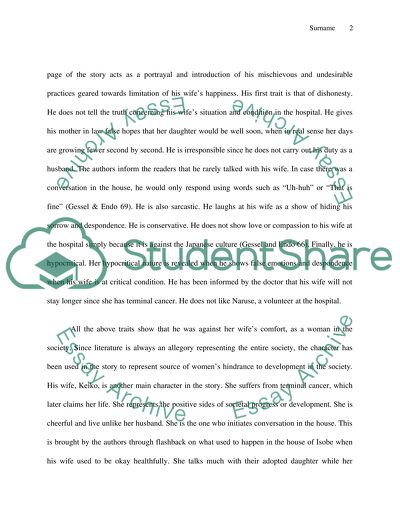Cite this document
(“Case of Isobe from Five by Endo Speech or Presentation”, n.d.)
Retrieved from https://studentshare.org/literature/1449201-case-of-isobe-from-five-by-endo
Retrieved from https://studentshare.org/literature/1449201-case-of-isobe-from-five-by-endo
(Case of Isobe from Five by Endo Speech or Presentation)
https://studentshare.org/literature/1449201-case-of-isobe-from-five-by-endo.
https://studentshare.org/literature/1449201-case-of-isobe-from-five-by-endo.
“Case of Isobe from Five by Endo Speech or Presentation”, n.d. https://studentshare.org/literature/1449201-case-of-isobe-from-five-by-endo.


